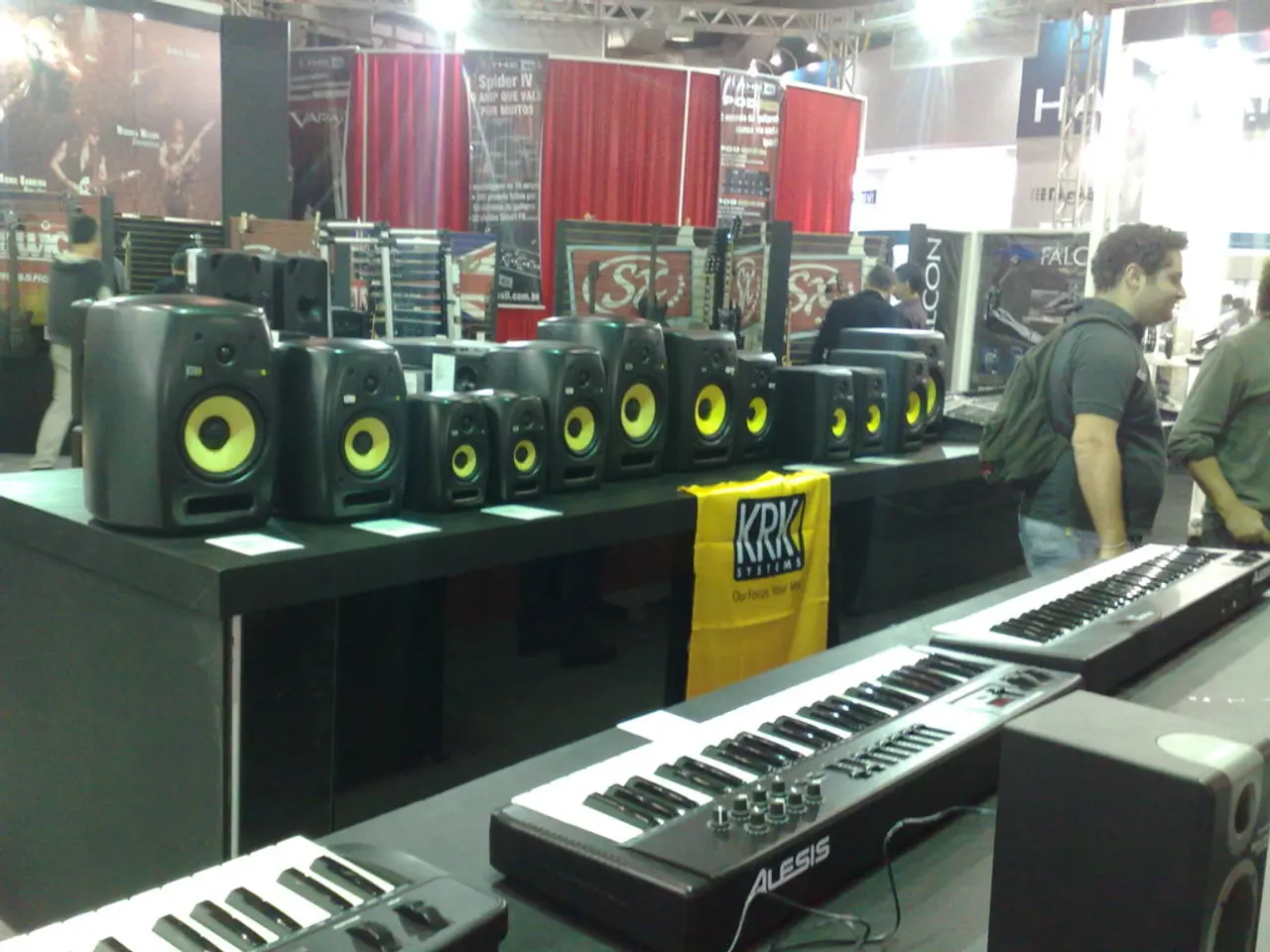Wisconsin Air Emission Regulations (Parts 60 & 62): guidelines for state/federal emission plans under sections 111d and 129, including delegation responsibilities
Knowin' Your CAA Delegations: Air Quality Regs in Cheese-land
Back in the '70s, the Clean Air Act (CAA) was born, and one of its kids was section 111(d). Its purpose? To handle pollutants evading other bits of the CAA. Then in 1990, its baby sis, Section 129, joined the family to address emissions from combusting solid waste.
Now, let's break it down like this:
- Section 111(d) and 129: They tell the EPA to set performance standards for new sources (NSPS) and requirements for state plans for existing sources. They use Maximum Achievable Control Technology (MACT) just like the 112 section.
- New source performance standards (NSPS) are federal regulations that apply to, well, new sources.
- Emission guidelines don't directly regulate solid waste combustion units—they set requirements for state plans, and once approved, they become federally enforceable. If a state doesn't propose a state plan, the feds step in.
- Now, Wisconsin and the EPA penned a Memorandum Of Agreement back in 2002. But don't let the word "delegation" fool ya—it doesn't give Wisconsin full authority over CAA Section 111(d)/129. It just clarifies responsibilities for implementing the federal plans through Wisconsin's Title V program.
Let's get more specific with some exquisite solid waste incinerators and MSW landfills:
- Large Municipal Waste Combustors (LMWC): NSPS and Emissions Guidelines (EG)
- Federal Plan: LMWC Federal Plan 40 CFR Part 62 Subpart FFF
- The feds have kicked off proceedings for applying their plan, but history shows it's pretty much the law in Wisconsin.
- Hospital/Medical/Infectious Waste Incinerators (HMIWI): NSPS and EG
- Federal Plan: HMIWI Federal Plan 40 CFR Part 62 Subpart HHH
- Here, a negative declaration was made, but if the feds find a source, their plan steps in.
- Small Municipal Waste Combustors (SMWC): NSPS and EG
- Federal Plan: SMWC Federal Plan 40 CFR Part 62 Subpart JJJ
- Once again, the feds' plan applies.
You get the strategy. But for more details, I'd suggest digging deeper into Wisconsin's air quality game with the frickin' Dept. of Natural Resources!
Insights:- Wisconsin's Department of Natural Resources, as with most states, is delegated authority to enforce air standards under the Clean Air Act, as long as the EPA approves it.- Solid waste incinerators and MSW landfills in Wisconsin are subject to increasingly stringent air quality regulations due to recent "serious" nonattainment designations.- No explicit current delegation status is provided for each type of solid waste incinerator or landfill. However, such facilities generally fall under state air quality permitting and emission standards programs.
- Section 111(d) and 129 have set performance standards for new sources and requirements for state plans for existing sources, using Maximum Achievable Control Technology (MACT), similar to Section 112.
- Wisconsin, through its Title V program, has delegated responsibilities for implementing federal plans under CAA Section 111(d)/129, but it does not hold full authority.
- Large Municipal Waste Combustors (LMWC) in Wisconsin are subject to the Federal Plan LMWC Federal Plan 40 CFR Part 62 Subpart FFF, which is similar to the state's regulations.
- The federal plan for Hospital/Medical/Infectious Waste Incinerators (HMIWI) in Wisconsin applies if a source is found, after a negative declaration was made under 40 CFR Part 62 Subpart HHH.




